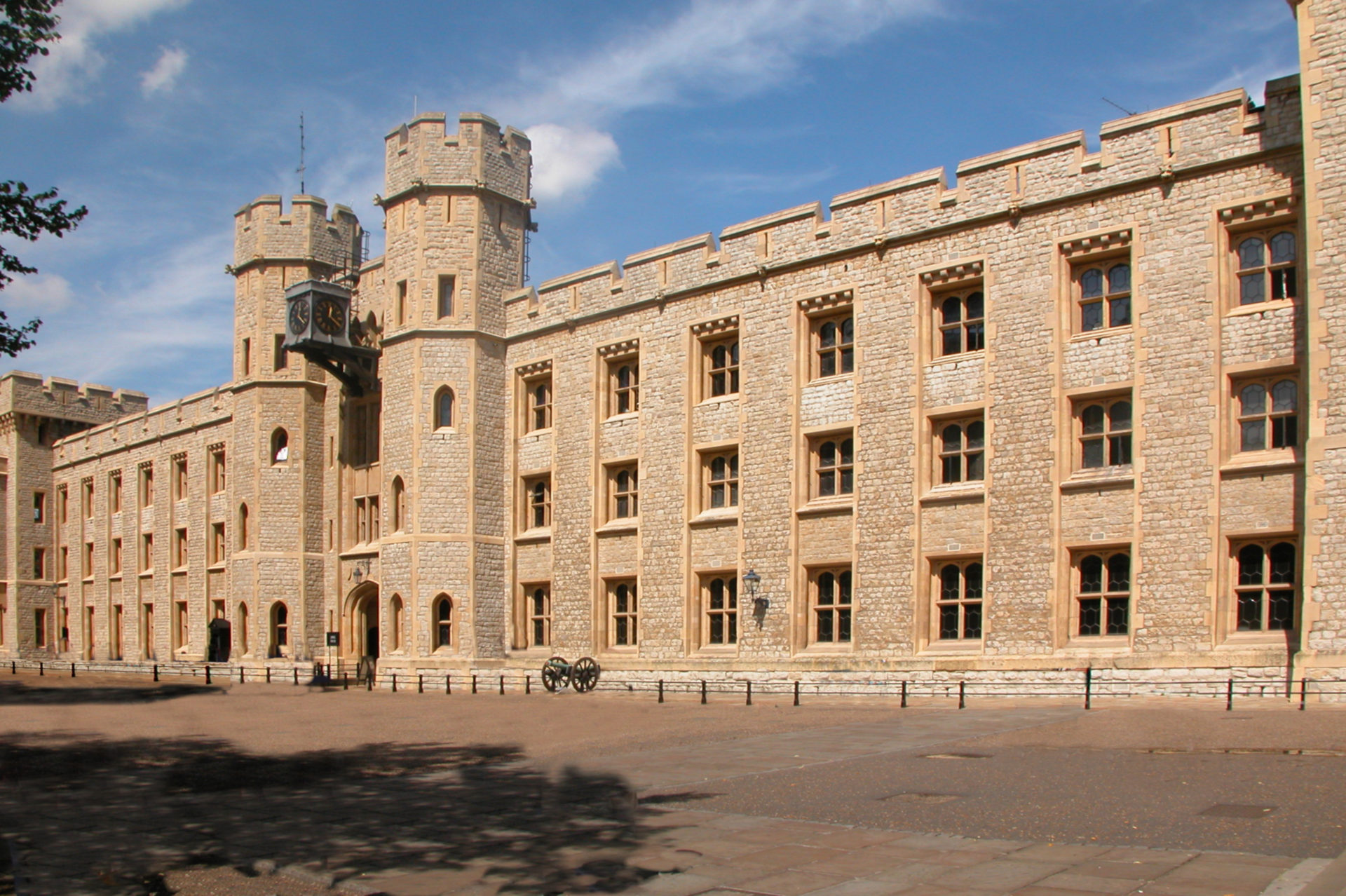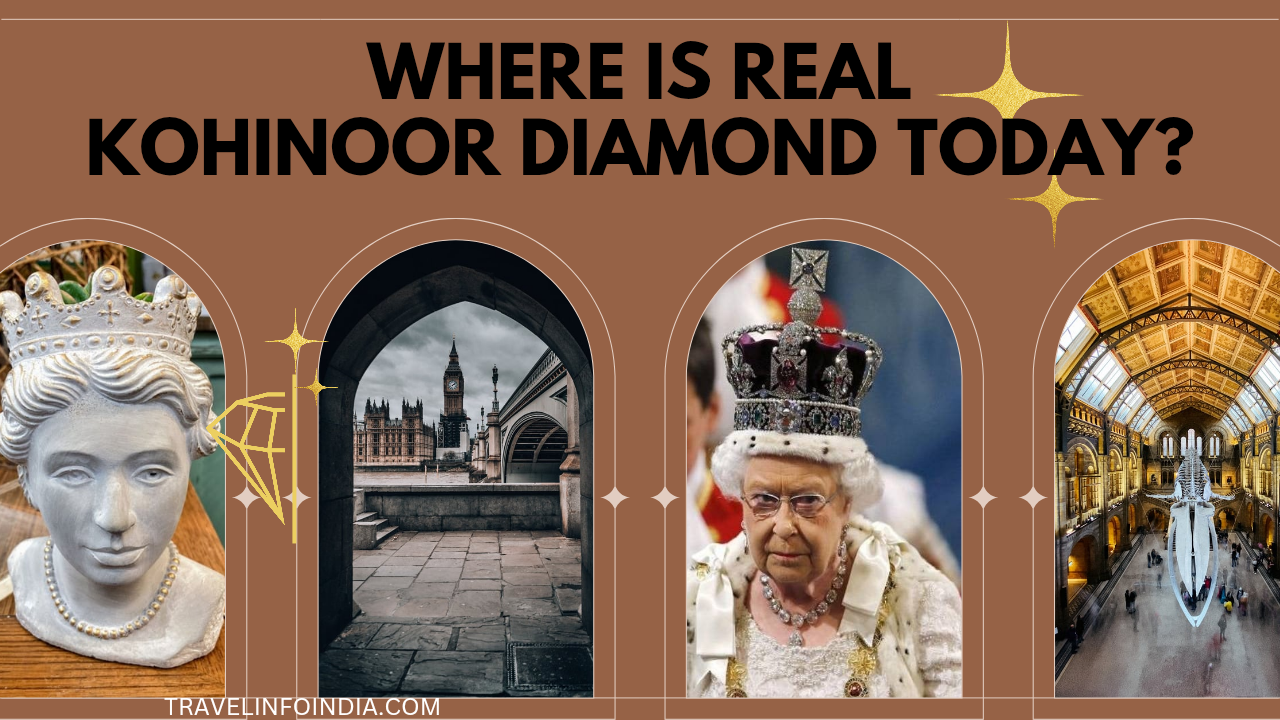Where the Kohinoor Diamond Is Today?
storied walls of the Tower of London, the legendary Koh‑i‑Noor—or Mountain of Light—continues to mesmerize visitors with its brilliant history and enigmatic past. Once wielded by empires, looted in battles, and forever intertwined with the legacies of India, Persia, Afghanistan, and the British Crown, the Kohinoor now sits silently in the Jewel House, captivating hearts and stirring controversy.
In this blog, journey with me through its legacy, how you can see it today, what it costs, and everything in between.

About the Kohinoor Diamond
The Koh‑i‑Noor is one of the largest and most famous cut diamonds in the world, currently weighing 105.6 carats. Originally weighing around 191 carats, it was re‑cut in 1852 by Garrard & Co under Prince Albert’s supervision, sacrificing mass to achieve brilliance and symmetry Wikipedia.
Its early history is steeped in lore—thought to have passed through Mughal emperors, Persian shahs, Emirs of Afghanistan, and Sikh Maharajas—before being ceded under the Treaty of Lahore (1849) to the British Crown . Since then, it has graced the crowns of Queen Victoria’s consorts, Queen Alexandra, Queen Mary, and most notably—Queen Elizabeth The Queen Mother’s Crown in 1937, where it remains today.
Where the Kohinoor Diamond Is Today?
Diamond is displayed in the Jewel House at the Tower of London, part of the Crown Jewels exhibition . In recent exhibit updates, it’s presented with renewed historical context—labels describe the Koh‑i‑Noor as a “Symbol of Conquest,” guiding visitors through its journey from Mughal courts to the British monarchy .

Location & Visiting Costs
Location:
-
Tower of London, Tower Hill, London, UK
-
Nearest Tube: Tower Hill (Circle & District lines); Tower Gateway for DLR; Fenchurch Street or London Bridge for National Rail
Ticket Prices (2025):
-
Adult (18–64): ~£35.80
-
Child (5–15): ~£17.90
-
Senior / Student / Disabled Concession: ~£28.50 .
These tickets include access to the Crown Jewels, Yeoman Warders (Beefeater) guided tours, the White Tower, Medieval Palace, Bloody Tower, ravens, exhibitions, and more
Discounts & Offers:
-
£1 tickets for those on Universal Credit or similar benefits (up to six people per household) when booked online Historic Royal Palaces.
-
Special £1 offer also applies to Tower Hamlets residents on the day, with ID proof Historic Royal Palaces.
Tips to Save:
-
Book online in advance to avoid queues and sometimes save a few pounds
-
Off‑peak winter visits might slightly lower prices Cheapest Time.
Internal Links (for readers’ next clicks):
About the Kohinoor Diamond
The Kohinoor Diamond—also spelled Koh-i-Noor, meaning “Mountain of Light” in Persian—is one of the most famous and controversial diamonds in the world. Renowned for its size, brilliance, and legendary past, the Kohinoor is a symbol of both royal opulence and historical conflict.
Quick Facts:
-
Current weight: 105.6 carats
-
Original weight: Estimated 186–191 carats (before being re-cut in 1852)
-
Type: D-color, oval brilliant cut diamond
-
Origin: Believed to be mined from the Golconda mines in present-day Andhra Pradesh, India
-
Current location: Jewel House, Tower of London, United Kingdom
-
Set in: Queen Elizabeth The Queen Mother’s Crown (1937)

A Diamond with a Turbulent History
The Kohinoor has changed hands numerous times across centuries of conquest and colonization. It has been possessed by rulers of:
-
The Kakatiya Dynasty (believed earliest owners, 13th century)
-
Delhi Sultanate
-
Mughal Empire (famously part of Shah Jahan’s Peacock Throne)
-
Persian Empire (taken by Nader Shah in 1739)
-
Afghan Empire (Shah Shuja Durrani)
-
Sikh Empire (Maharaja Ranjit Singh)
-
And finally, the British Empire
It was formally surrendered to Queen Victoria in 1849 under the Treaty of Lahore, after the British East India Company annexed the Punjab. Since then, it has remained part of the British Crown Jewels.
Where the Kohinoor Diamond Is Today?
Q: Can I photograph the Kohinoor in the Jewel House?
Photography is not allowed inside the Jewel House to safeguard the Crown Jewels, including the Kohinoor. You can photograph outside exhibitions and other areas.
Q: How long should I allow for my visit?
At least 3 hours is recommended to fully explore the Tower’s highlights; you can stay all day until closing if you wish
Q: What does the Kohinoor label say now?
Recent labels frame it as a “Symbol of Conquest,” acknowledging its complex past—from Mughal emperors to the Treaty of Lahore and British acquisition
Chaturmukha Temple Where 1444 Pillars Tell 1444 Stories






[…] Where the Kohinoor Diamond Is Today? […]
[…] Where the Kohinoor Diamond Is Today? […]
[…] Where the Kohinoor Diamond Is Today? […]
[…] Where the Kohinoor Diamond Is Today? […]
[…] Where the Kohinoor Diamond Is Today? […]